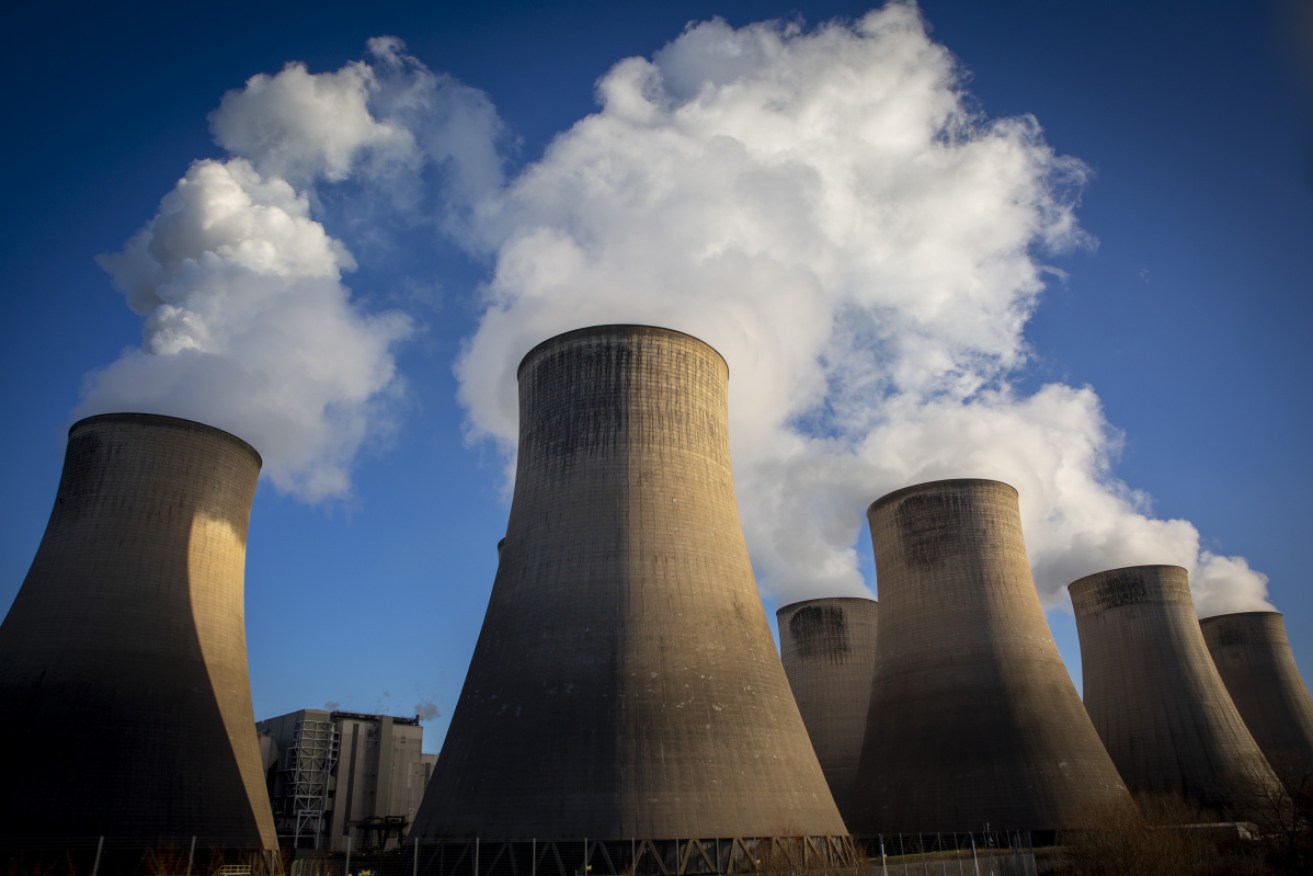No peak in sight for carbon emissions

A new report shows that there is no indication of when global carbon emissions will peak. Photo: Getty
The world remains dangerously off-course on climate action and there is no peak in sight for carbon emissions, which remain at record levels.
As leaders meet in Egypt to accelerate climate action, a new report shows the task of preventing catastrophic climate change is greater than ever.
There is no indication of when global emissions will peak, let alone enter a period of sustained decline.
If emissions levels persist, there is a 50-50 chance warming will exceed 1.5C in just nine years.
Total carbon emissions are expected to reach 40.6 billion tonnes this year, fuelled by a one per cent rise in fossil fuel emissions.
That is slightly higher than 2019, before the COVID-19 pandemic temporarily pushed down emissions.
The world faces a herculean task to achieve zero carbon emissions by 2050.
Annual emissions must plunge like they did in 2020, when much of the world was locked down due to the pandemic.
“That’s extraordinary, and hard to understand that it’s plausible at all,” says Pep Canadell, chief research scientist at the CSIRO and executive director of the Global Carbon Project.
The rise in emissions is largely due to higher oil use as international aviation rebounds from the pandemic. Coal use is also up.
However, natural gas is down because of supply issues sparked by Russia’s invasion of Ukraine.
Coal still accounts for 41 per cent of global emissions, oil 33 per cent, gas 22 per cent, and cement production makes up the rest.
And while renewable energy production is on the rise, it must accelerate to push out fossil-fuel power.
In terms of major emitters, this year is a mixed bag.
China’s economic constraints will see emissions fall by 0.9 per cent, and the EU will also be down 0.8 per cent. However, the US will be up 1.5 per cent, along with India at 6 per cent, largely driven by coal.
Emissions from the rest of the world combined, including Australia, will be up by 1.7 per cent.
Australian National University professor Frank Jotzo says Australia is about halfway towards meeting the Albanese government’s emissions reduction target of 43 per cent, on 2005 levels, by 2030.
“But of course much more than half the time – from 2005 to 2030 – has elapsed,” he says.
For that reason, the reduction task is far greater for the eight years that lie ahead.
Then there is the fact that most of Australia’s reductions so far have come from land use and forestry changes, rather than carbon-intensive industries.
However, Prof Jotzo says the 43 per cent target remains achievable.
“In fact, significantly stronger reductions could be achieved,” he says.
“There’s plenty of unharvested, low-hanging fruit after a decade of inaction on climate policy – energy efficiency, fuel switching, speeding up the decarbonisation of electricity.
“It requires effort, but it’s readily achievable.”
The report is based on emissions data for the 10 months to October, and projections for the final two months of the year.
It has been launched at the COP27 climate change summit in Egypt.
– AAP








